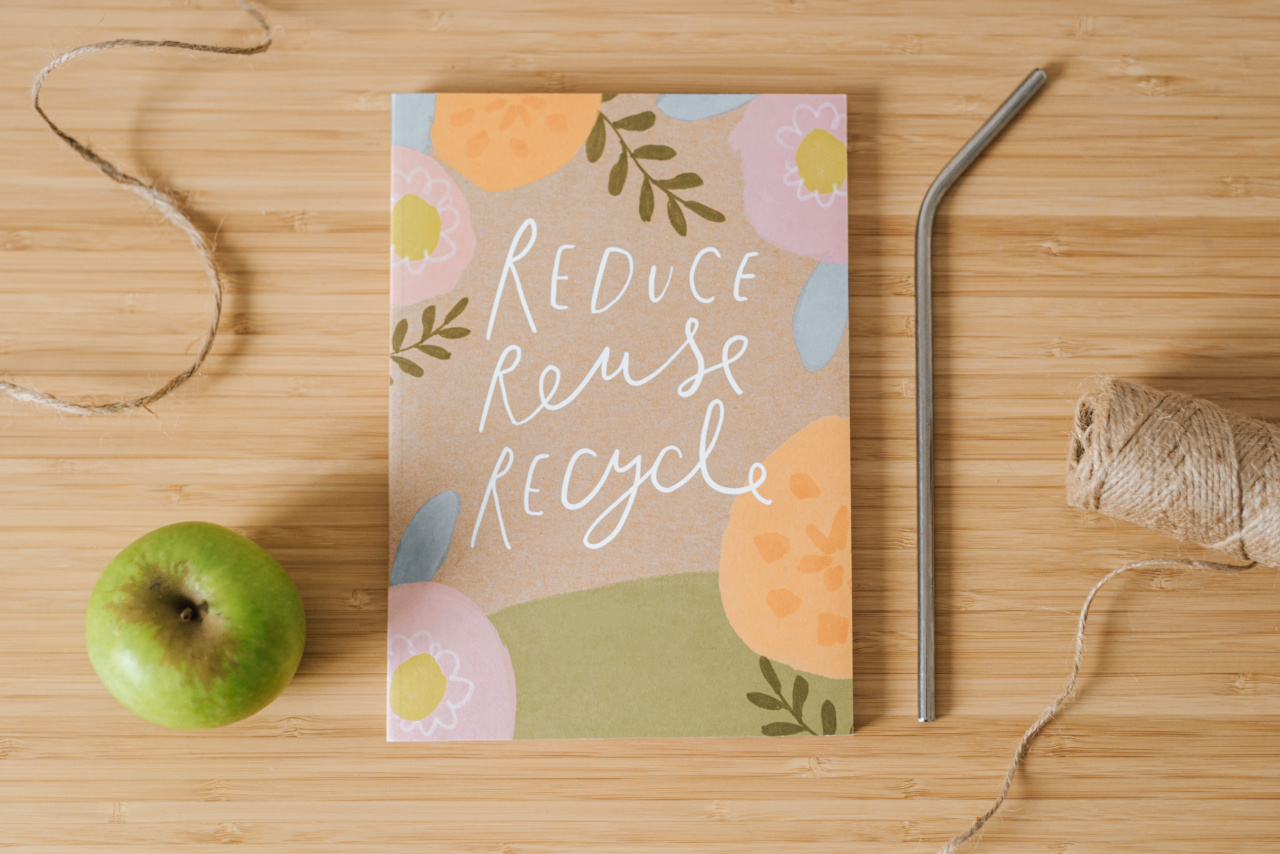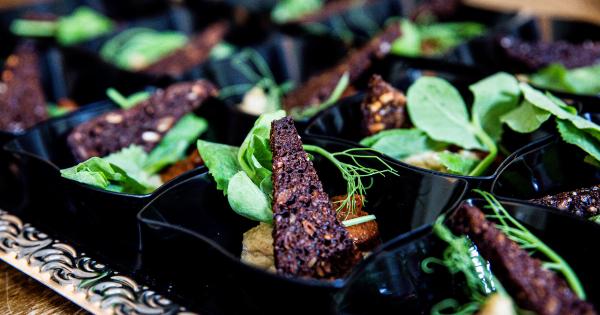When it comes to preventing cancer, we often turn to healthy diets, regular exercise, and avoiding harmful habits.
However, did you know that flowers can also play a significant role in reducing your cancer risk? These beautiful plants not only bring joy and beauty into our lives but also have amazing properties that can help fight cancer naturally. In this article, we will explore the top 10 flowers with cancer-fighting properties that you can incorporate into your daily routine.
The Power of Flowers in Cancer Prevention
Flowers have long been used for their therapeutic benefits. They contain various compounds that possess antioxidant, anti-inflammatory, and anti-cancer properties.
By including these flowers in your surroundings or consuming them, you can harness their natural healing abilities to reduce your cancer risk.
Rosemary: An Ancient Remedy for Cancer Prevention
Apart from being a popular herb in cooking, rosemary also offers surprising cancer-fighting properties. It is abundant in carnosol, a compound known for its potential to inhibit the growth of cancer cells.
Research has shown that incorporating rosemary into your diet can help protect against breast, colon, prostate, and lung cancers.
Marigold: A Colorful Ally in the Fight Against Cancer
With its vibrant hues, marigold is not only visually appealing but also a potent flower for cancer prevention.
It contains important antioxidants such as lutein and zeaxanthin that have been linked to a lower risk of developing certain types of cancers, including ovarian and cervical cancer.
Tulip: A Flower that Blooms with Cancer-Fighting Abilities
Known for their stunning display of colors, tulips also possess anti-cancer properties.
They contain various compounds, including flavonoids and anthocyanins, which have been shown to inhibit tumor growth and reduce the risk of certain cancers, such as stomach, colorectal, and pancreatic cancer.
Lavender: A Fragrant Flower with Therapeutic Benefits
Apart from its calming scent, lavender has been found to exhibit anti-cancer potential.
Studies have shown that the active compounds in lavender can promote cancer cell death, prevent the spread of cancer, and even enhance the effectiveness of anti-cancer drugs. Incorporating lavender into your daily routine through essential oils or sachets can be a natural way to reduce your cancer risk.
Calendula: Nature’s Remedy for Cancer Prevention
Calendula, also known as pot marigold, is another flower with remarkable cancer-fighting abilities.
It contains compounds like lutein and beta-carotene, which have been associated with a reduced risk of various types of cancers, including skin and lung cancer.
Chrysanthemum: A Flower that Shields Against Cancer
In traditional medicine, chrysanthemum has been widely used for its health benefits, including cancer prevention. This flower is rich in apigenin, a flavonoid known for its anti-cancer effects.
Apigenin has been shown to inhibit the growth of cancer cells, particularly in breast, ovarian, and lung cancers.
Hibiscus: A Tropical Flower with Cancer-Fighting Potential
The vibrant hibiscus flower is not only visually appealing but also a powerful ally in cancer prevention. It is rich in polyphenols, particularly anthocyanins, which have demonstrated anti-cancer properties.
Regular consumption of hibiscus tea, derived from the flower petals, has been associated with a reduced risk of prostate, breast, and colorectal cancers.
Dandelion: A Common Weed with Uncommon Benefits
Often considered a pesky weed, dandelion boasts various health benefits, including cancer prevention. It contains potent antioxidants that can help protect cells from damage and inhibit the growth of cancer cells.
Studies have shown that dandelion root extract can induce cancer cell death and reduce the risk of prostate, liver, and pancreatic cancers.
Orchid: A Delicate Flower with Strong Anti-Cancer Potential
This elegant flower not only adds beauty to your surroundings but also possesses anti-cancer properties. Orchids contain unique compounds called bibenzyls, which have been found to exhibit anti-proliferative effects on cancer cells.
Incorporating orchids into your indoor garden can serve as a gentle reminder of the potential cancer-fighting benefits they offer.
Rose: A Classic Flower with Hidden Cancer-Fighting Abilities
A symbol of love and beauty, roses possess surprising cancer-fighting potential.
They contain powerful antioxidants, such as quercetin and kaempferol, that have been shown to inhibit the growth of cancer cells and reduce the risk of certain cancers, including breast, colon, and ovarian cancer.
Incorporating Flowers into Your Daily Routine
Now that you are familiar with these cancer-fighting flowers, it’s time to find ways to incorporate them into your daily routine. Here are a few suggestions:.
1. Grow these flowers in your garden or create a flowerbed filled with these cancer-fighting plants.
2. Place fresh cut flowers in your home or office to enjoy their beauty and benefit from their cancer-fighting properties.
3. Use essential oils derived from these flowers for aromatherapy or massage.
4. Explore herbal teas made from these flowers to enjoy their health benefits in a soothing beverage.
Remember, incorporating these flowers into your routine should complement a healthy lifestyle and not replace any medical advice or treatment recommended by healthcare professionals.
Conclusion
Nature has provided us with countless remedies, and flowers are no exception. By harnessing the cancer-fighting properties found in various flowers, you can take a holistic approach to reduce your cancer risk naturally.
Whether you grow them, admire them, or consume them, flowers can play a unique role in promoting overall wellness and protecting against cancer. Embrace the power of nature and let these beautiful blooms brighten not only your surroundings but also your journey towards a healthier life.

























